Coyotes are known for their distinctive vocalizations, but what do their barks and howls mean? Keep reading to learn more about coyote vocalizations and how to distinguish between them.
When people hear coyotes howling, they often think of a pack of coyotes gathered together. However, coyotes howl for many reasons, and not all howls are the same.
Coyotes have two main types of vocalizations: barks and howls. Barks are short, sharp sounds that are typically used to communicate with other coyotes in close proximity. Howls are longer, more drawn-out sounds that are typically used to communicate over long distances.
Barks are typically used for short-range communication, such as when a coyote is trying to warn other coyotes of danger or when a coyote is trying to defend its territory. Howls, on the other hand, are typically used for long-range communication, such as when a coyote is trying to attract a mate or when a coyote is trying to locate other members of its pack.
Coyote Vocalizations: Bark Or Howl?
Coyotes are known for their distinctive vocalizations, including barks and howls. While both barks and howls are used to communicate with other coyotes, they have different meanings and serve different purposes.
Barks are typically short, sharp sounds that are used for short-range communication, often as a warning to others of danger or to defend a territory. Howls, on the other hand, are longer, more drawn-out sounds that are used for long-range communication, often as a way to attract a mate or locate other pack members.
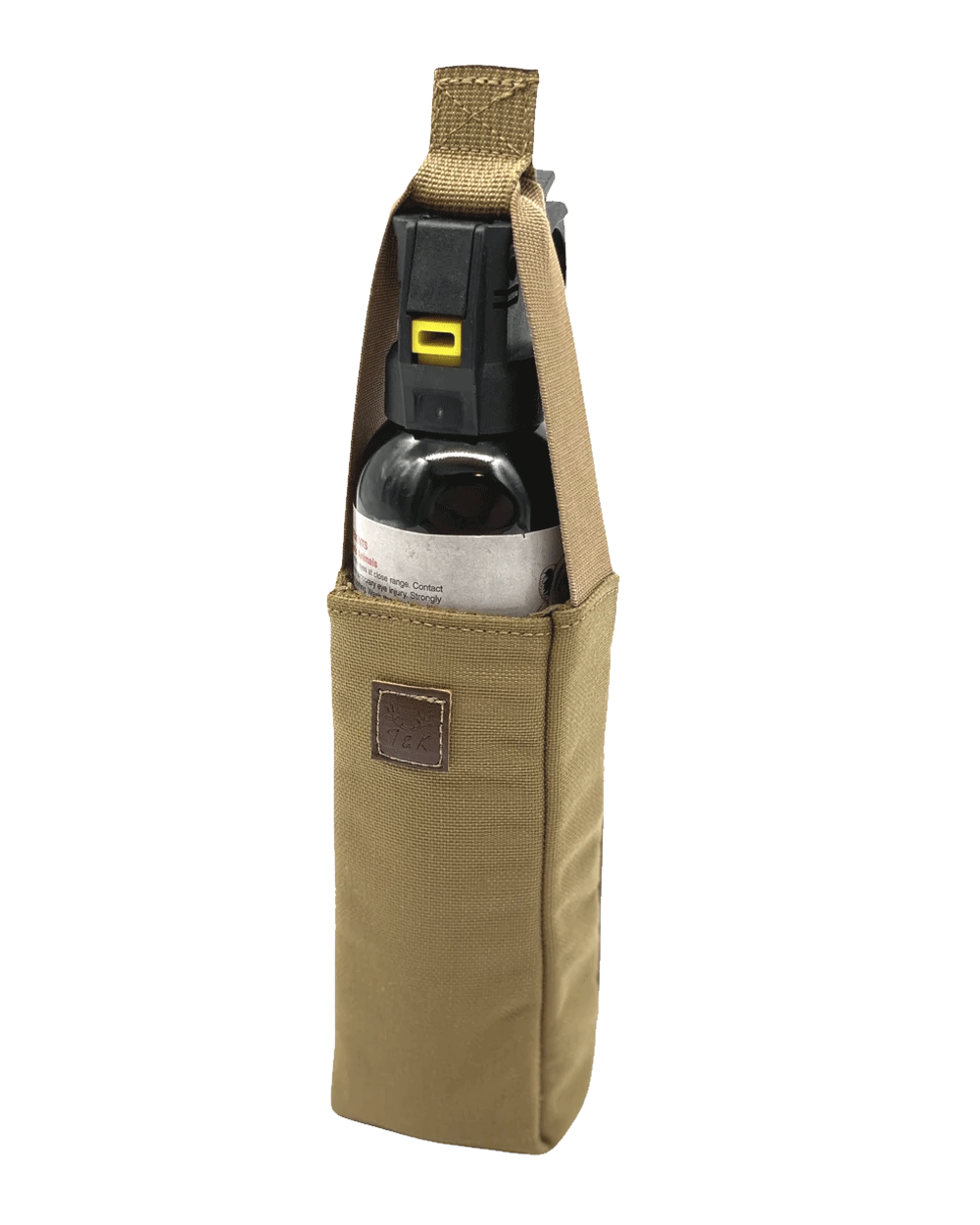
T&K Hunting Gear Bear Spray Pouch Coyote Brown – TTS Gear – Tactical – Source ttsgear.com
In addition to barks and howls, coyotes also make a variety of other vocalizations, including yips, yaps, and screams. These vocalizations can be used to express a range of emotions, from excitement to fear.

A Woman as President? – Black Gate – Source www.blackgate.com
Coyote Vocalizations: Bark Or Howl?
Coyotes are known for their distinctive vocalizations, including barks and howls. While both barks and howls are used to communicate with other coyotes, they have different meanings and serve different purposes.
Barks are typically short, sharp sounds that are used for short-range communication, often as a warning to others of danger or to defend a territory. Howls, on the other hand, are longer, more drawn-out sounds that are used for long-range communication, often as a way to attract a mate or locate other pack members.

Coyote Getter | Kishel Scents – Source www.kishelscents.com
In addition to barks and howls, coyotes also make a variety of other vocalizations, including yips, yaps, and screams. These vocalizations can be used to express a range of emotions, from excitement to fear.

Howling at the moon Bark At The Moon, Howl At The Moon, Desert Art – Source www.pinterest.com
Coyote Vocalizations: Bark Or Howl?
Coyotes are known for their distinctive vocalizations, including barks and howls. While both barks and howls are used to communicate with other coyotes, they have different meanings and serve different purposes.
Barks are typically short, sharp sounds that are used for short-range communication, often as a warning to others of danger or to defend a territory. Howls, on the other hand, are longer, more drawn-out sounds that are used for long-range communication, often as a way to attract a mate or locate other pack members.

Sessions at Sonusville Studio – KING HOWL – Source kinghowl.com
In addition to barks and howls, coyotes also make a variety of other vocalizations, including yips, yaps, and screams. These vocalizations can be used to express a range of emotions, from excitement to fear.

Free Images : watch, animal, wildlife, wild, predator, coyote, fauna – Source pxhere.com
Coyote Vocalizations: Bark Or Howl?
Coyotes are known for their distinctive vocalizations, including barks and howls. While both barks and howls are used to communicate with other coyotes, they have different meanings and serve different purposes.
Barks are typically short, sharp sounds that are used for short-range communication, often as a warning to others of danger or to defend a territory. Howls, on the other hand, are longer, more drawn-out sounds that are used for long-range communication, often as a way to attract a mate or locate other pack members.
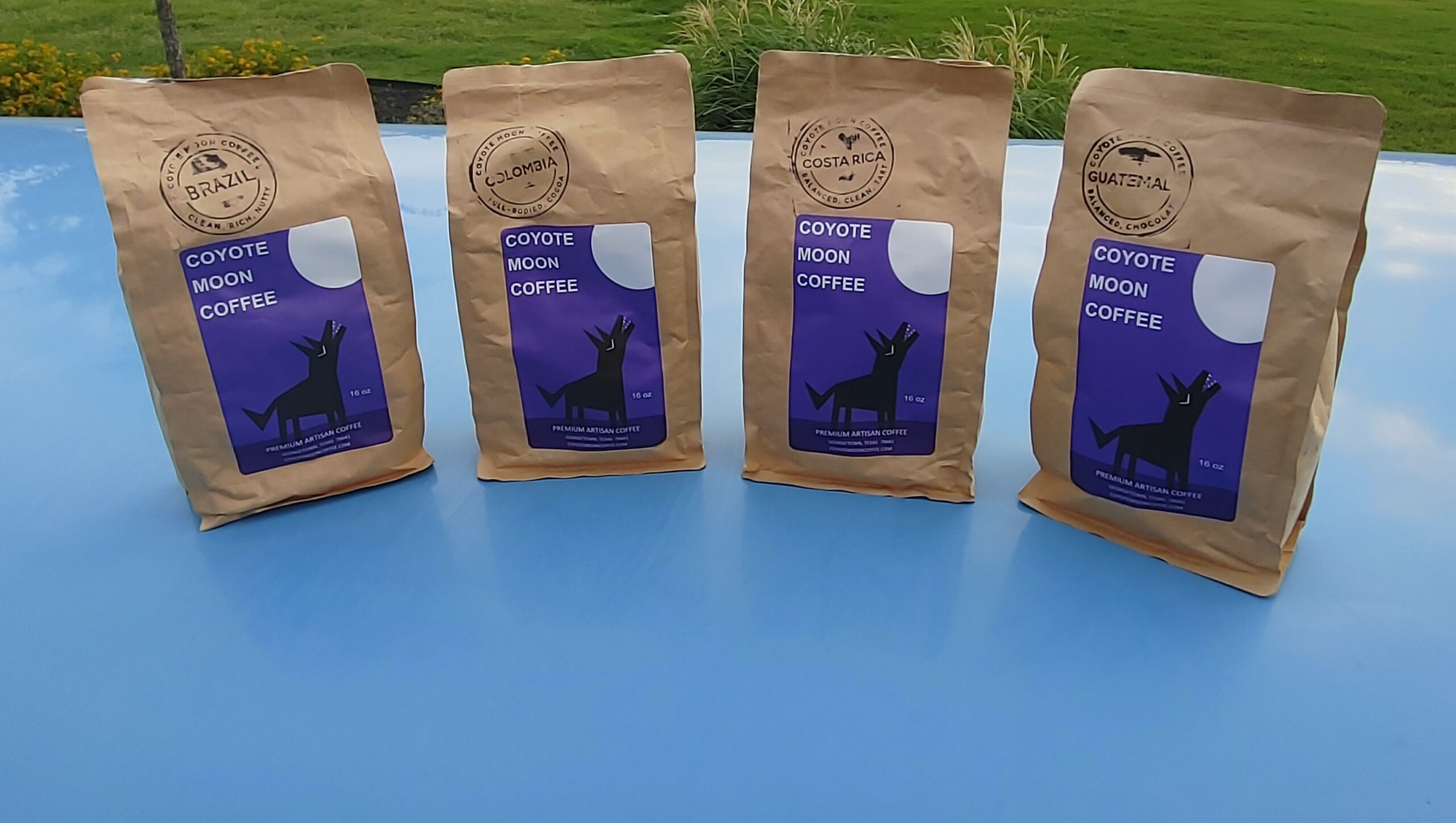
Bark & Howl – Coyote Moon Coffee – Source www.coyotemooncoffee.com
In addition to barks and howls, coyotes also make a variety of other vocalizations, including yips, yaps, and screams. These vocalizations can be used to express a range of emotions, from excitement to fear.
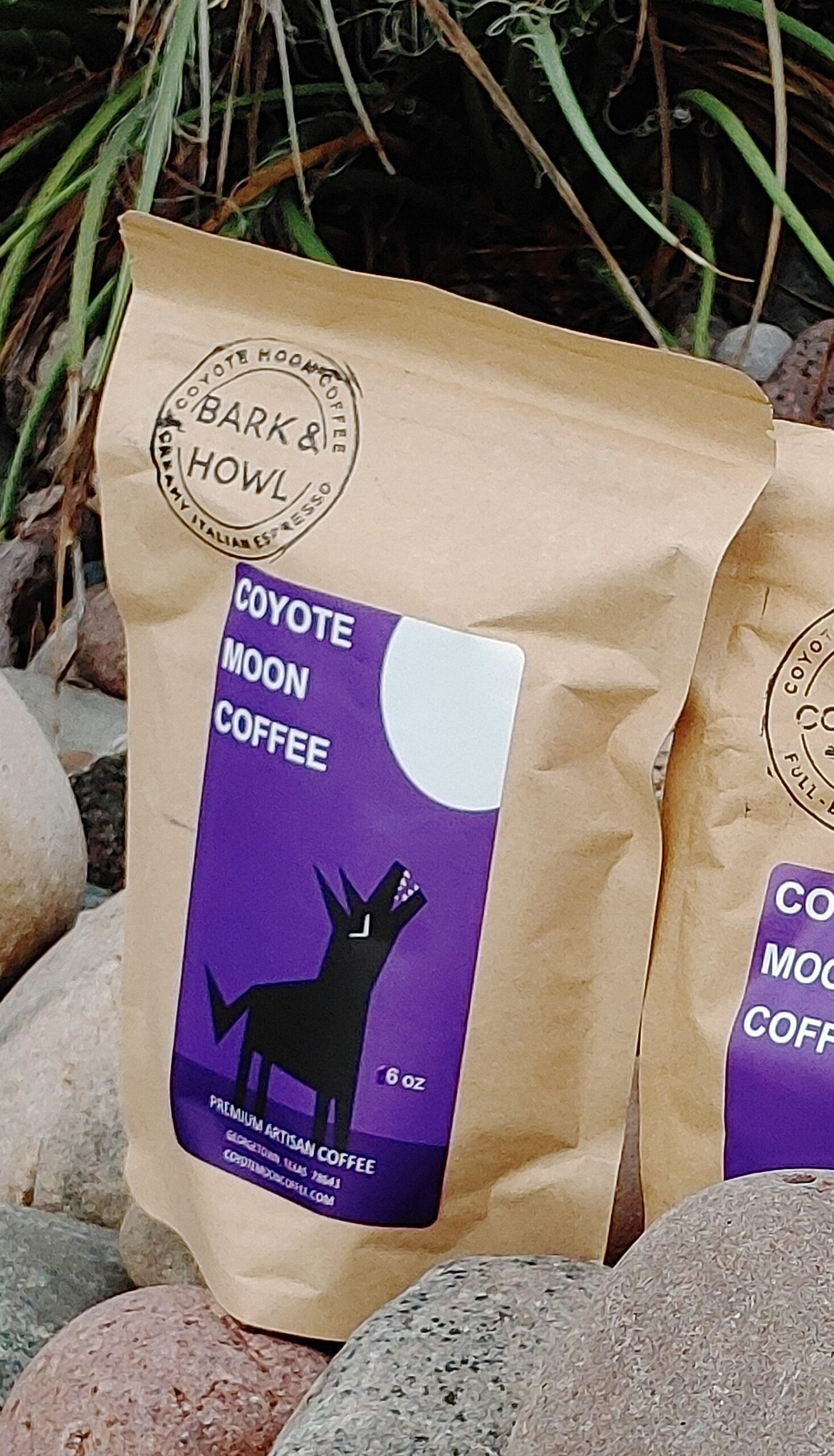
Bark & Howl Sample – Coyote Moon Coffee – Source www.coyotemooncoffee.com
Coyote Vocalizations: Bark Or Howl?
Coyotes are known for their distinctive vocalizations, including barks and howls. While both barks and howls are used to communicate with other coyotes, they have different meanings and serve different purposes.
Barks are typically short, sharp sounds that are used for short-range communication, often as a warning to others of danger or to defend a territory. Howls, on the other hand, are longer, more drawn-out sounds that are used for long-range communication, often as a way to attract a mate or locate other pack members.
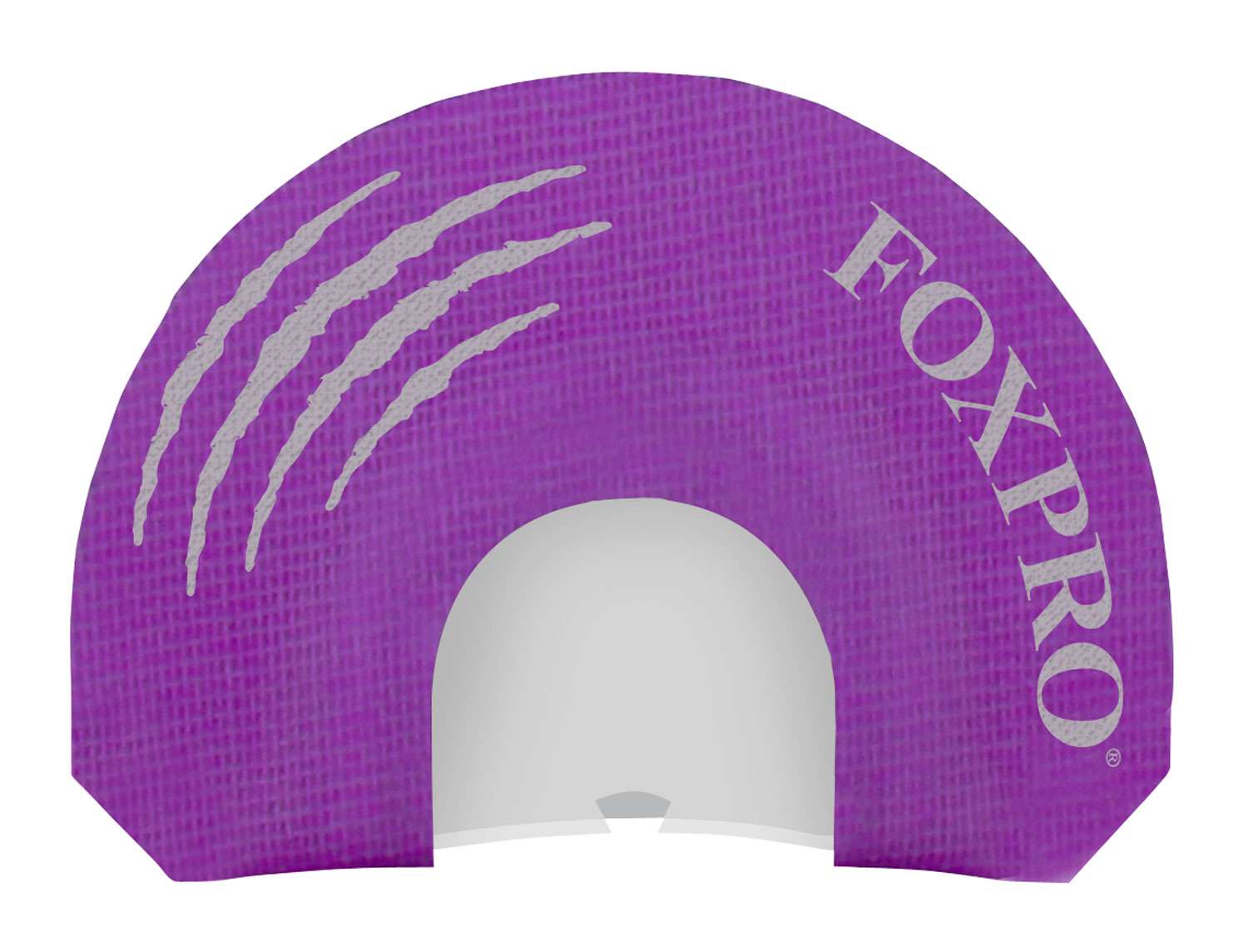
Foxpro RACCOON DIA Raccoon Three Reed Diaphragm Call | Larry’s Pistol – Source www.pistolandpawn.com
In addition to barks and howls, coyotes also make a variety of other vocalizations, including yips, yaps, and screams. These vocalizations can be used to express a range of emotions, from excitement to fear.
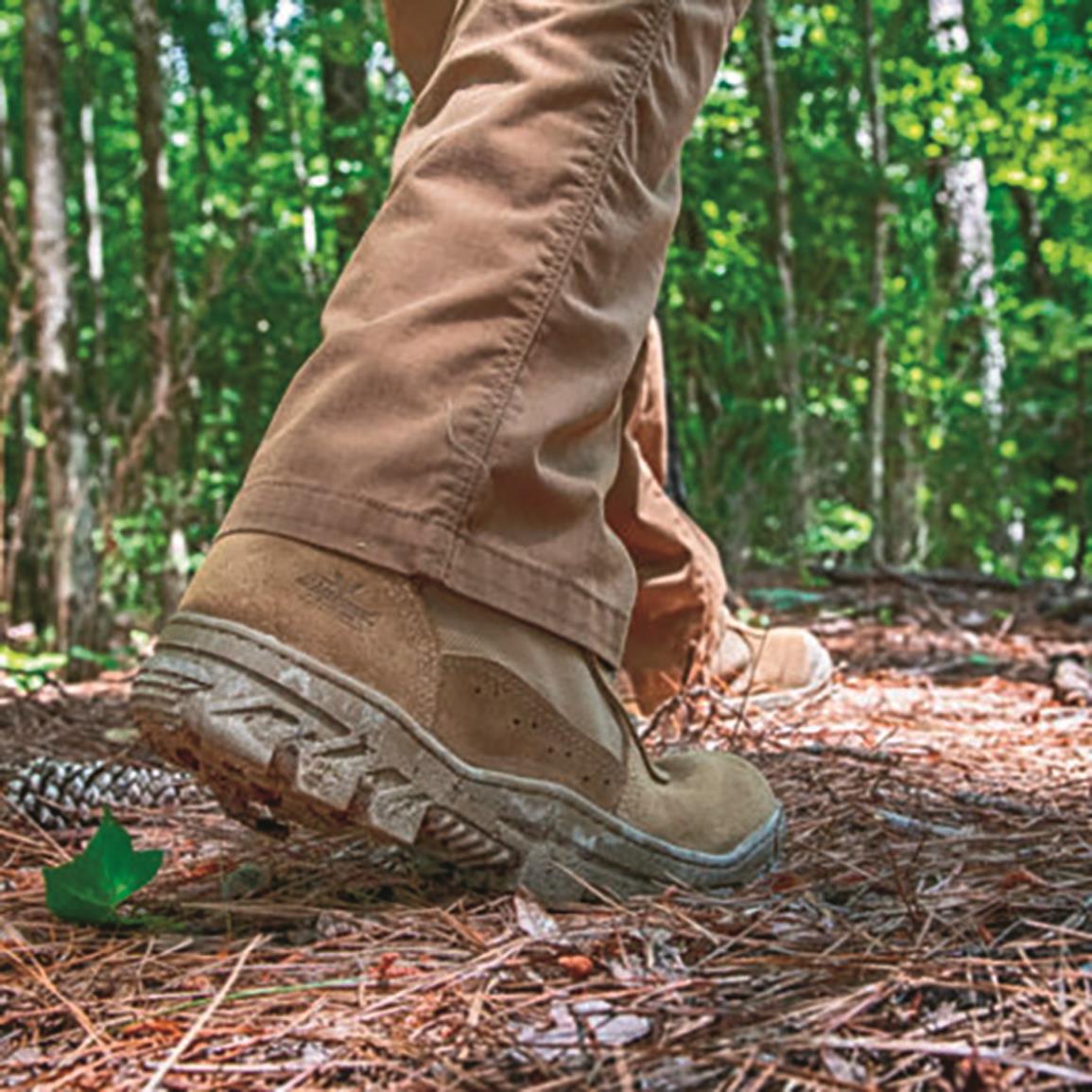
Thorogood Slip Resistant Vibram Shoes | Sportsman’s Guide – Source www.sportsmansguide.com
Coyote Vocalizations: Bark Or Howl?
Coyote vocalizations are a diverse and complex form of communication. They use a variety of vocalizations to communicate with each other, including barks, howls, yips, yaps, and screams. Each vocalization has a specific meaning and is used in a specific context.
Barks are typically used for short-range communication, such as when a coyote is trying to warn other coyotes of danger or when a coyote is trying to defend its territory.
Howls are typically used for long-range communication, such as when a coyote is trying to attract a mate or when a coyote is trying to locate other members of its pack.
Coyote Vocalizations: Bark Or Howl?
Coyote vocalizations are a diverse and complex form of communication. They use a variety of vocalizations to communicate with each other, including barks, howls, yips, yaps, and screams. Each vocalization has a specific meaning and is used in a specific context.
Barks are typically used for short-range communication, such as when a coyote is trying to warn other coyotes of danger or when a coyote is trying to defend its territory.
Howls are typically used for long-range communication, such as when a coyote is trying to attract a mate or when a coyote is trying to locate other members of its pack.
Coyote Vocalizations: Bark Or Howl?
Coyote vocalizations are a diverse and complex form of communication. They use a variety of vocalizations to communicate with each other, including barks, howls, yips, yaps, and screams. Each vocalization has a specific meaning and is used in a specific context.
Barks are typically used for short-range communication, such as when a coyote is trying to warn other coyotes of danger or when a coyote is trying to defend its territory.
Howls are typically used for long-range communication, such as when a coyote is trying to attract a mate or when a coyote is trying to locate other members of its pack.
Coyote Vocalizations: Bark Or Howl?
Coyotes are known for their distinctive vocalizations, including barks and howls. While both barks and howls are used to communicate with other coyotes, they have different meanings and serve different purposes.
Barks are typically short, sharp sounds that are used for short-range communication, often as a warning to others of danger or to defend a territory. Howls, on the other hand, are longer, more drawn-out sounds that are used for long-range communication, often as a way to attract a mate or locate other pack members.
In addition to barks and howls, coyotes also make a variety of other vocalizations, including yips, yaps, and screams. These vocalizations can be used to express a range of emotions, from excitement to fear.
Coyote Vocalizations: Bark Or Howl?
Coyote vocalizations are a diverse and complex form of communication. They use a variety of vocalizations to communicate with each other, including barks, howls, yips, yaps, and screams. Each vocalization has a specific meaning and is used in a specific context.
Barks are typically used for short-range communication, such as when a coyote is trying to warn other coyotes of danger or when a coyote is trying to defend its territory.
Howls are typically used for long-range communication, such as when a coyote is trying to attract a mate or when a coyote is trying to locate other members of its pack.
Question and Answer
-
What is the difference between a coyote bark and a